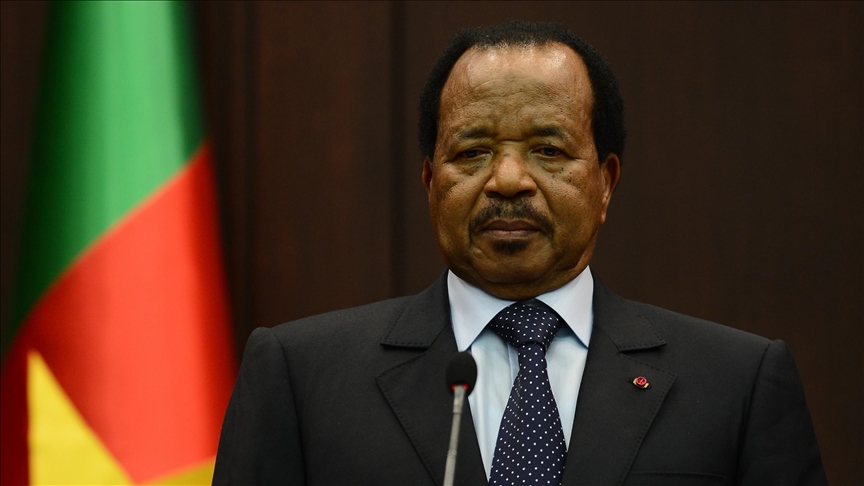In the lead-up to Cameroon’s presidential election this October, 92-year-old President Paul Biya has intensified his social media activity in a bid to engage with the country’s youth. However, analysts say the effort may be missing the mark.
Once known for a sparse and formal digital presence, Biya’s accounts on Facebook and X (formerly Twitter) now post daily updates—a notable shift for the world’s oldest head of state. Yet despite the increased activity, the campaign lacks the authenticity and engagement required to resonate with younger audiences.
“Young Cameroonians see right through it,” says Hervé Tiwa, a lecturer in communication sciences. “Many know it’s not Biya himself who is writing, which creates distance and limits trust.”
The youth demographic, which makes up a significant portion of Cameroon’s population, has increasingly turned to social media for news, entertainment, and political discourse. However, Biya’s strategy has failed to tap into the platforms and language that this group engages with most.
According to Rostant Tane, director of Media Intelligence Sarl and author of the Cameroon 2024 Multimedia Audience Study, the president’s campaign overlooks key trends. “Cameroon has over 5.4 million social media users, but 95% of young people rely on WhatsApp—a platform where presidential communication is nearly non-existent,” he explains.
Tane adds that the campaign lacks regional segmentation, interactivity, and the informal tone common among youth online. “There’s very little effort to speak the digital language of young people,” he notes.
Furthermore, Biya’s social media remains largely one-directional. Comments on posts are often ignored or deleted, and there are few, if any, personalised responses. This top-down communication style, experts say, reinforces the perception that the strategy is more cosmetic than genuinely participatory.
As Biya seeks an unprecedented eighth term after more than four decades in power, his digital outreach appears unlikely to shift the perceptions of Cameroon’s increasingly disillusioned youth. Without a more interactive and relatable approach, analysts warn, the president’s online presence risks becoming just another symbol of the generational disconnect that defines his long rule.

